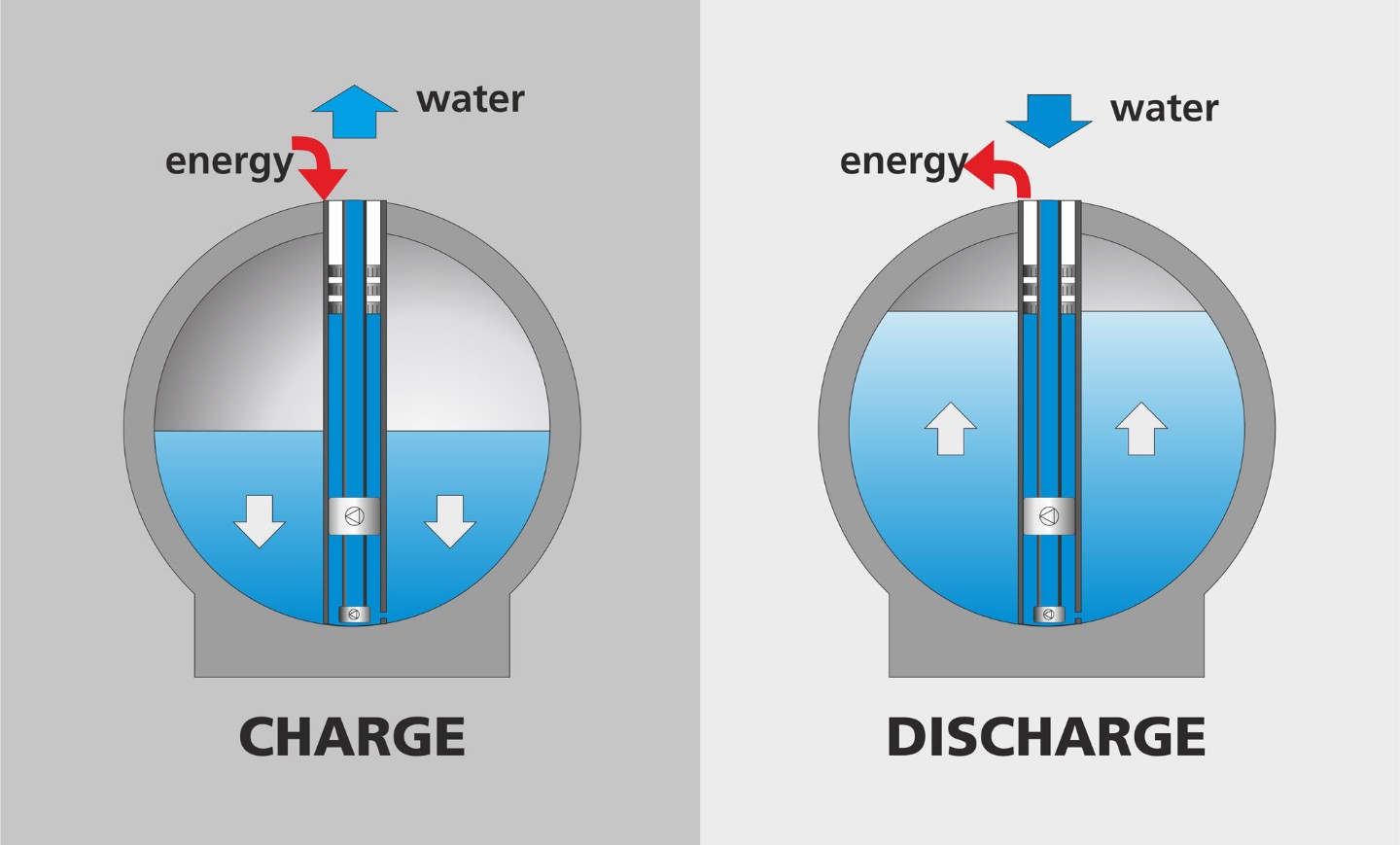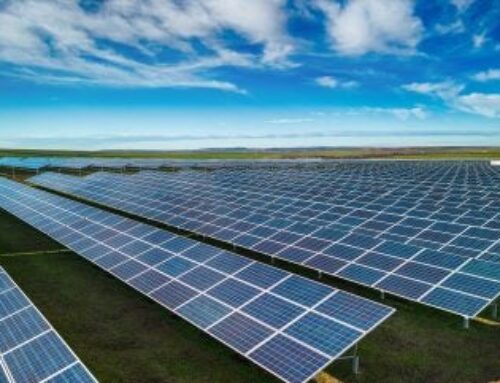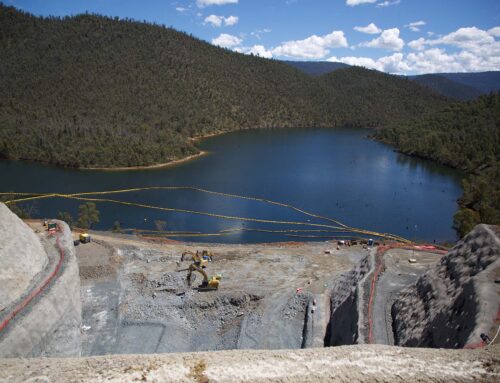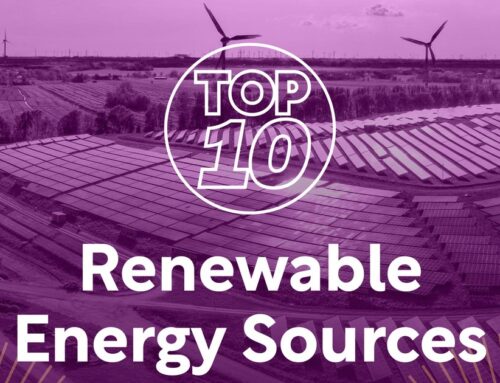StEnSea energy storage project receives $7.7M from US and Germany
November 5, 2024
A joint renewable energy initiative spearheaded by Fraunhofer IEE, concrete 3D printing specialist Sperra and submersible motor pump company Pleuger Industries aims to advance the efficiency of subsea energy storage. The project, called StEnSea (Stored Energy in the Sea), has received backing from both the United States and German governments, with the U.S. Department of Energy Water Power Technologies Office (WPTO) awarding $4 million to its development and the German Ministry for Economic Affairs and Climate Action (BMWK) pledging $3.7 million.
The StEnSea project has been in development since 2012 and was conceived by researchers at the Fraunhofer Institute, who were interested in significantly increasing the duration of energy storage by leveraging principles of pumped storage hydropower for subsea environments. The idea behind the project is to submerge hollow spherical concrete structures, which will sink to the seabed and fill with water. These spheres will remain at a depth of 600 to 800 meters and when electricity demand is low, they will be emptied of water using submersible pumps to store potential energy.
When electricity demand is peaking, the water will flow back into the spheres, effectively turning the pumps into electricity-generating turbines. Those familiar with pumped storage hydropower will recognize the method, only in this case the principle has been adapted for a subsea environment, where the higher pressure will enable energy to be stored and released more efficiently.

“Pumped storage power plants are particularly suitable for storing electricity for several hours to a few days,” explained Dr. Bernhard Ernst, Senior Project Manager at Fraunhofer IEE. “However, their expansion potential is severely limited worldwide. Therefore, we are transferring their functional principle to the seabed—the natural and ecological restrictions are far lower there. In addition, the acceptance of the citizens is likely to be significantly higher.”
Colorado-based Sperra, which specializes in concrete 3D printing, is responsible for designing, fabricating and testing a 10-meter diameter energy storage unit, which will be deployed off the coast of Southern California as part of the StEnSea project. The company will leverage its concrete 3D printing solution to create the concrete spheres based on its patented multi-sphere pod design. Compared to traditional concrete manufacturing, Sperra’s solution enables more efficient production, not requiring the use of formwork, and will eventually enable localized manufacturing around the world. So far, GIS analysis has identified several potential locations to deploy the undersea energy storage spheres, including off the coasts of Norway, Portugal, the United States, Brazil and Japan.
“This project is a major step forward to realizing the full potential of energy storage to decarbonize our electric grid,” added Jason Cotrell, CEO and Founder of Sperra. “[Subsea pumped storage hydropower] with 3D printed concrete will accelerate the energy transition, employing local labor and using immediately available materials. We are very excited about the international collaboration on this project with Fraunhofer IEE and PLEUGER, and are grateful that the Water Power Technologies Office recognizes the tremendous potential of this work.”
Search
RECENT PRESS RELEASES
Related Post




